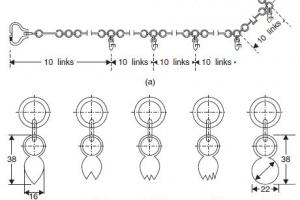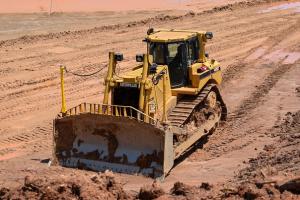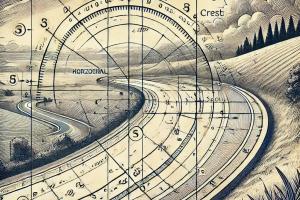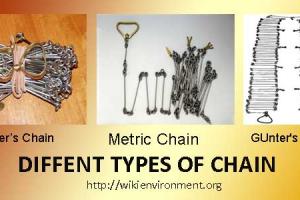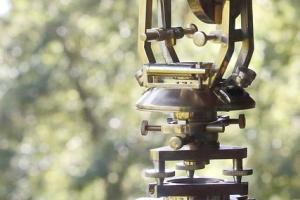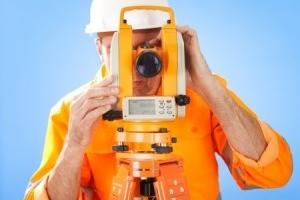How to do Photogrammetry - Types and Applications of Photogrammetry

Photographic surveying is a method of surveying in which plans or maps are prepared from photographs taken at suitable camera stations or Photogrammetry is the science of making measurement from photographs.
Types of Photogrammetry:
Photogrammetry may be divided into two classes.

AIR PHOTOGRAPHS:
There are two ways of taking aerial photographs.
- Vertical
- Oblique
Verticals are taken with the axis of the camera pointing vertically downward. These photographs can produce more accurate maps as the variation n scale over the area is smaller and no area remains hidden. However the details in photograph can not be easily identified as the view offered is unfamiliar to eyes. Oblique are produced by giving a camera a tilt up to 30 to the forward dir. Oblique photographs are further classified as
- High oblique
- Low oblique
HIGH OBLIQUE:
When the image of the horizon is inclined on the picture.
LOW OBLIQUE:
When the horizon is not seen and the camera tilted in axis of 30. They provided information of the enemy territory without crossing the border. Features can be easily recognized as these provide views familiar to the eyes. However some such as buildings, hills etc. the scale variation is large and therefore preparation of maps become more laborious and expensive. With multiple lens camera one vertical and up to six oblique can be taken at one expose. Vertical photographs are the principal mode of photogrammetry work oblique are seldom use for mapping or measure application but are advantageous in interpretive work and for reconnaissance.
Terminology:
The terminology used in air photograph geometry is explained with reference to the given figure.
1: PERSPECTIVE CENTRE:
Rays form ptc on the ground pass through ‘o’ called as perspective centre.
2: PLUMB POINTS:
The vertical through the optical centre of the camera lens intersects at ground and picture plane at V and v respectively termed as the gourd and photograph plumb point.
3: PRINCIPAL POINTS:
The perpendicular to the picture plane through the optical centre of the lens meets the ground and picture plan at p and p resp, termed as the ground and photograph principal points.
The principal point ‘p’ in the photograph is located by the intersection of lines joining the fiducially marks.
4: ISO-CENTRE:
The bisector of the angle b/t the line joining the plumb point and the principal points interned the ground and picture plane at point ‘I” and ‘I’ rasp called as iso-centre. Point Ii an V and v are called homologous points.
5: PRINCIPAL PLANE:
The principal line through v and p when produce meets the ground plane at M. the vertical plane through these pts intersects the ground along the ground principal line through v and p. the iso-centres I and l also line on this vertical plane (or)
The vertical plane containing O, V, P and p is termed principal plane, its intersection with the negative plane giving principal line pv.
Ground Control:
In order to produce an accurate map from aerial photograph it is absolutely necessary to established ground control. It consists in locating the positions of a no of points all over the area to be surveyed with their levels. These control points should be such that they can easily be identified on the photographs.
Horizontal control is established by tiring or traversing. Vertical control is established through the use of ‘aneroid barometers’ or ‘Altimeters’
APPLICATIONS OF AIR PHOTOGRAPHY:
The practical uses of air photography are unlimited. Some of the application are listed below.
- Town and country planning and developed estate man agent and economic planning are used both maps based on air survey and individual photography.
- Suitability of roads and rail alignments can be studied both for traffic flow an economy of construction.
- Forestry and geology both use air maps and photography for the study of nature of areas and changes that take place.
- Flood control planning can be based on air survey made at suitable intervals of time.
- Air survey provides means of mapping large undeveloped areas of the world.
- For large scale engineering and redevelopment projects, reconnaissance can be undertake in to a large extend form air photograph.
- Survey for accessing damage due to earth quake, crop diseases can be quickly estimated from air photograph.
- Pollution effects from industrial wastes on land and water can also be studied.



